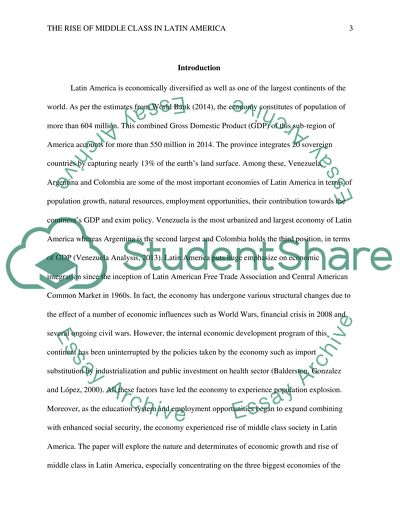Cite this document
(“Rise of the middle class in Latin America Research Paper”, n.d.)
Rise of the middle class in Latin America Research Paper. Retrieved from https://studentshare.org/macro-microeconomics/1680955-rise-of-the-middle-class-in-latin-america
Rise of the middle class in Latin America Research Paper. Retrieved from https://studentshare.org/macro-microeconomics/1680955-rise-of-the-middle-class-in-latin-america
(Rise of the Middle Class in Latin America Research Paper)
Rise of the Middle Class in Latin America Research Paper. https://studentshare.org/macro-microeconomics/1680955-rise-of-the-middle-class-in-latin-america.
Rise of the Middle Class in Latin America Research Paper. https://studentshare.org/macro-microeconomics/1680955-rise-of-the-middle-class-in-latin-america.
“Rise of the Middle Class in Latin America Research Paper”, n.d. https://studentshare.org/macro-microeconomics/1680955-rise-of-the-middle-class-in-latin-america.


